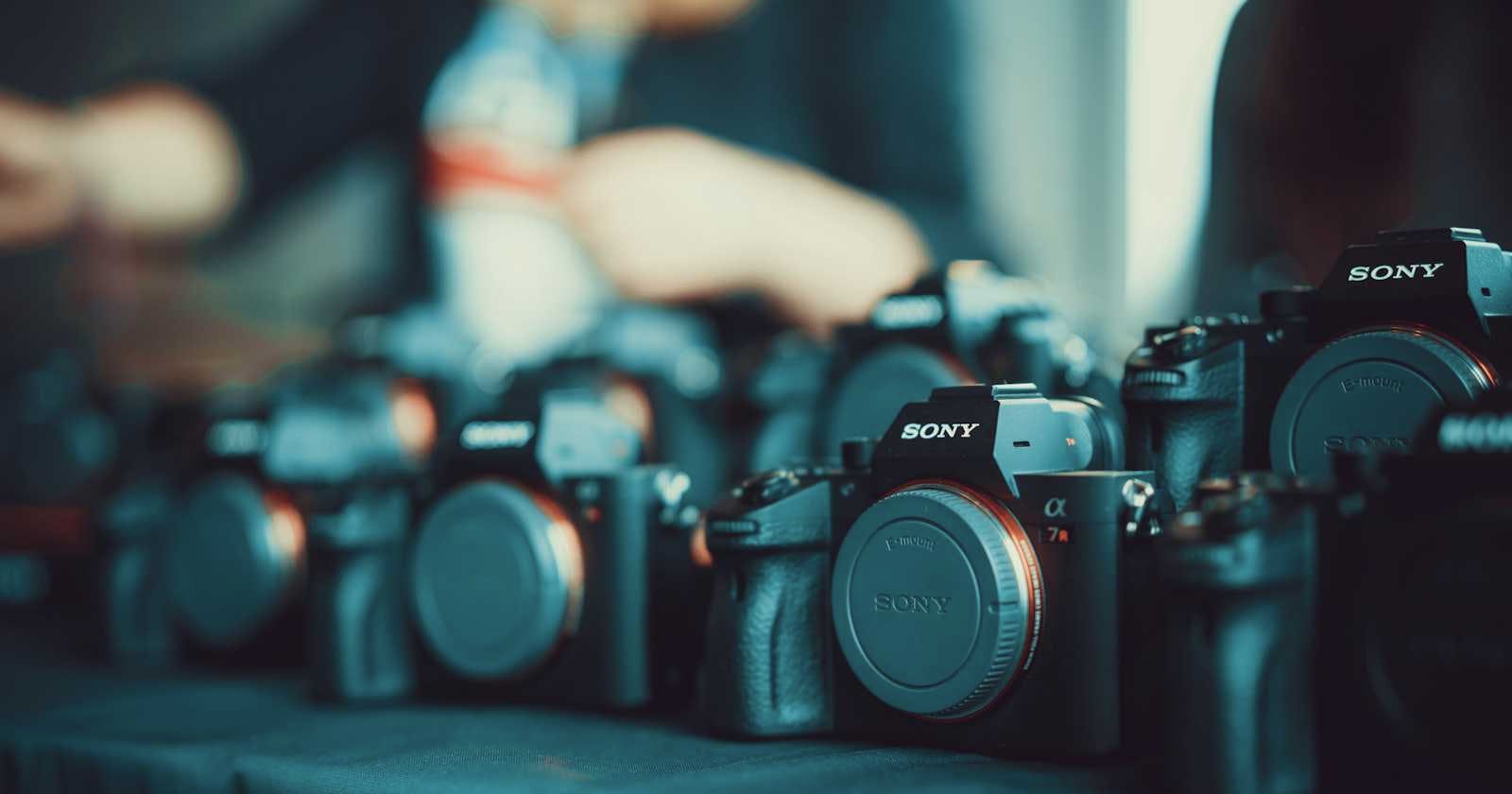
Photo by Alexander London on Unsplash
Sony and why every creator is switching to their cameras
The allure of SONY digital cameras and why every creative wants one
Table of contents
If you live on planet Earth, there are certain names you automatically associate with cameras. For me, the most common cameras and those that I relate to the most are Canon, Nikon, and Sony. There is a running joke in the circles of photography that labels Nikon as an amateur camera and Sony as a pro camera. I would not want to be part of these jokes as we all agree it is not about the tool but rather how you use the tool. This being said, we must however be alive to the fact that Sony seems to be winning. Everyone wants a Sony, your photographer wants to switch to Sony, and your YouTuber friend also wants a Sony. I too want a Sony. But why does Sony seem attractive all of a sudden even with greater-than-average price tags? And sometimes, it does help to have a better tool. But is Sony the best tool in matters of photography and videography? Well, let's explore.
History
Sony has a rich history in digital photography. Sony launched the Alpha 7 series of cameras back in 2013, a move that I would argue was monumental in accelerating the move towards mirrorless cameras. Ten years later, Sony can be said to have slowly perfected the art of manufacturing cameras. But more importantly, Sony has been in the game for so long. Growing up, I remember coming across Sony film cameras and camcorders. It is human nature to trust a company with experience, and this is one reason why creatives are now rushing to Sony.
Recently, the world was awash with news of the latest and greatest from Sony. The release of the alpha 9 III with a global shutter. The global shutter is a departure from the rolling shutter that comes with the majority of cameras these days. It is such innovations and spearheading that add to the allure of Sony. There is a niche group of photographers that only needed a global shutter to be convinced to make the move. In addition, Sony has used Exmor RS and BIONZ X processors paired with their exceptional sensors to achieve a combination of great colours and low-light performance. I can guarantee these are the top two reasons a Sony photographer gives when asked why they switched.
How about design?
Let's talk design. Sony has a very "Sonylike" design. During the launch, the Alpha series from Sony fronted a great clean design and was lightweight enough to amass more followers. While this is expected of mirrorless cameras in comparison to DSLRs, it is still a factor that has contributed to the switch. Take, for example, the average travel vlogger, Sony provides them with an opportunity to pack light during excursions while still having a powerhouse of a camera in their backpack. This is the basis of the Alpha C series of cameras. While Sonys cameras have steadily increased in size and weight, there is no denying that they are still lightweight, have a relatable design, and still attract that creative that does not want a tank of a camera. Some even say that their vlogging camera, the ZV 1, can outperform most cameras that are sold today.
Appeal to the creative
Moving on, Sony caters to the modern creative by giving them a hybrid shooter, a camera that can shoot images just as well as it can shoot video This is a very attractive feature. In addition, the image or video specialist can choose their weapon of choice with both having specific features such as huge sensors for images and a huge range of ISO for video. Sony releases the S and R variants of their camera for every cycle, the more options, the merrier.
Lens options
We can not talk about cameras and not mention lenses. These are like the wheels of a car, without them, the car can not move. In snow, you need snow tires, in the summer you switch to summer tires. You also cannot go offroad with tires designed for on-road driving. What I am trying to say is that you need a lens for every use case there is. Sony has a huge list of options from their in-house Gmaster line of lenses for their mirrorless cameras. And as if you are not already spoilt for choice, cue third-party lens manufacturers such as Tamron and Sigma. This means that there will be a lens for everyone and at a variety of budgets. Canon currently restricts the use of third-party lenses for their RF mount, which is frustrating for Canon fans who want a mirrorless camera. But a win for Sony. And like the generation, Alpha says, "A win is a win".
Sony has its share of cons but these are not enough to deter the newfound love in their mirrorless cameras. If you can, get a Sony Alpha. The biggest con is perhaps the cost of these cameras, but you cannot put a price on quality.
If you have made it to this point in my article, you may think this is a paid partnership. I wish it were. I only love and admire Sony and the work they put out through their mirrorless cameras, talk about in-camera image stabilization, lowlight performance, exceptional autofocus abilities, and built-in AI. I would easily recommend Sony cameras to anyone who wants to get into photography and videography.
